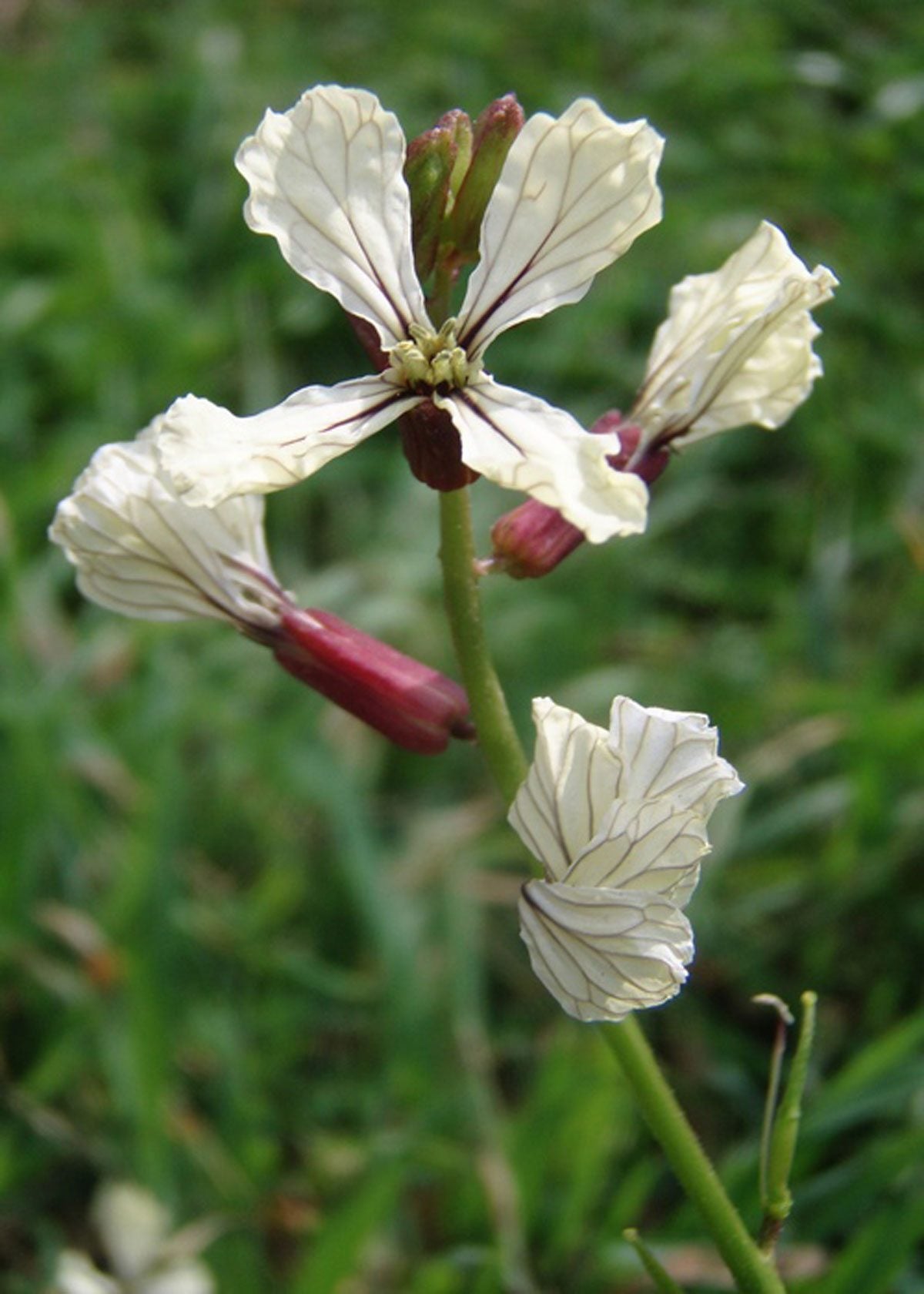Wild Radish Control: How To Manage Wild Radish Plants


Depending upon who you ask, wild radish plants are either weeds to be destroyed or crops to be enjoyed. Your own opinion will probably vary greatly depending on how they’ve come into your life. If you’ve discovered a field of them and want to try your hand at cooking something new, your feelings are probably a lot warmer than if you keep finding your garden plants muscled out by them. Keep reading for information of uses for wild radish, as well as methods for controlling wild radish.
Uses for Wild Radish
What is wild radish? It’s similar to cultivated radish, and the two can cross pollinate when growing near each other. In appearance it looks very similar to wild mustard, a close relative. All parts of it are edible if you’re feeling brave. Boil the greens and eat the flowers and pods raw. The tough outer skin of the roots can be peeled away easily with your hands, revealing an inner core that is quite good and tender when boiled for 45 minutes.
How to Manage Wild Radish Plants
If you’re more interested in wild radish control rather than eating the plant, then you need to know more about its growth habit. Wild radish (Raphanus raphanistrum) appears in the winter in the southern U.S. and the spring in the northern United States. It establishes a base of bristled, jagged leaves resulting in a spread of 10 to 14 inches (25-35 cm.) across. When the weather warms it bolts, sending up a tall, branching stalk of flowers resulting, if left to nature, in a seeding for next year and even more weeds in your garden or pasture. The best way to combat wild radish weeds is to prevent this from happening. Identify and destroy the plants before they flower, and your infestation next year should be severely reduced. The most effective way to eliminate wild radish is with herbicide. Try to keep your garden or pasture densely planted --wild radish loves open spaces and can be crowded out when it sprouts.
Sign up for the Gardening Know How newsletter today and receive a free copy of our e-book "How to Grow Delicious Tomatoes".

The only child of a horticulturist and an English teacher, Liz Baessler was destined to become a gardening editor. She has been with Gardening Know how since 2015, and a Senior Editor since 2020. She holds a BA in English from Brandeis University and an MA in English from the University of Geneva, Switzerland. After years of gardening in containers and community garden plots, she finally has a backyard of her own, which she is systematically filling with vegetables and flowers.